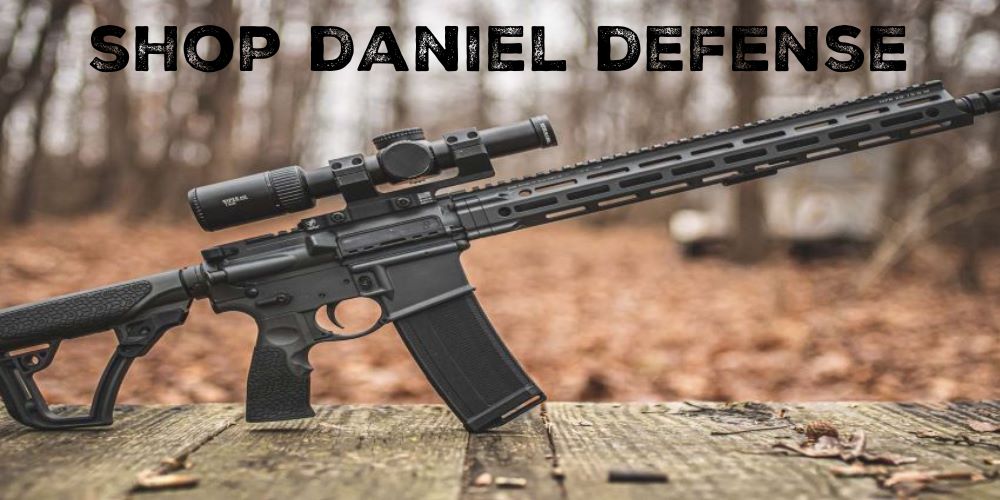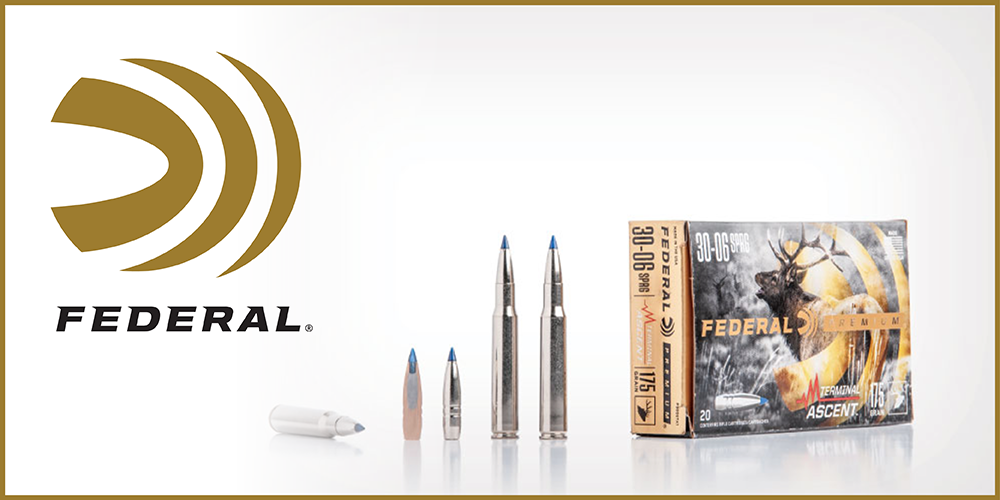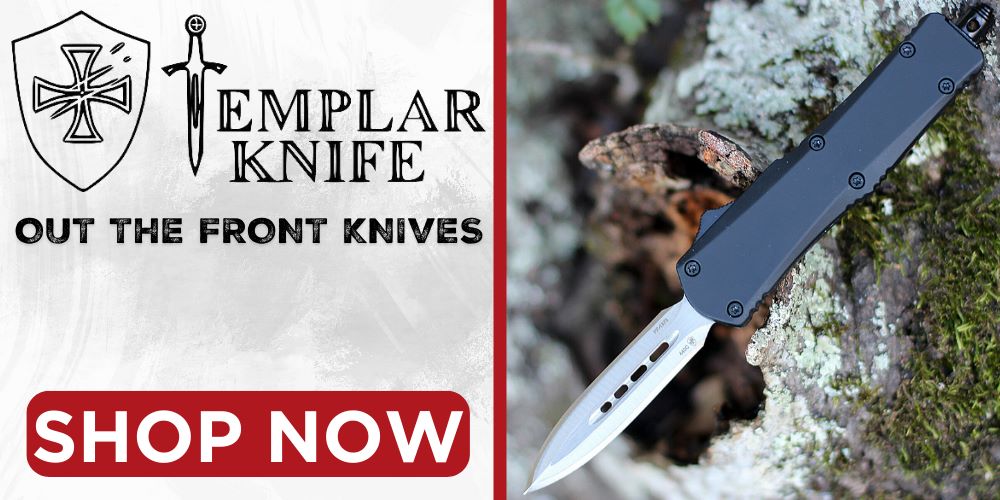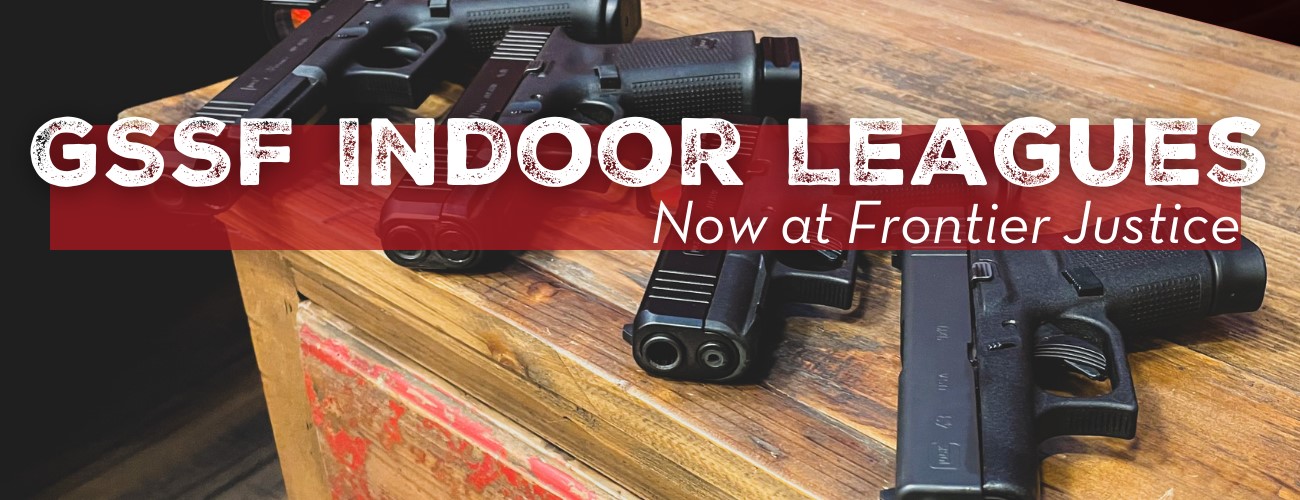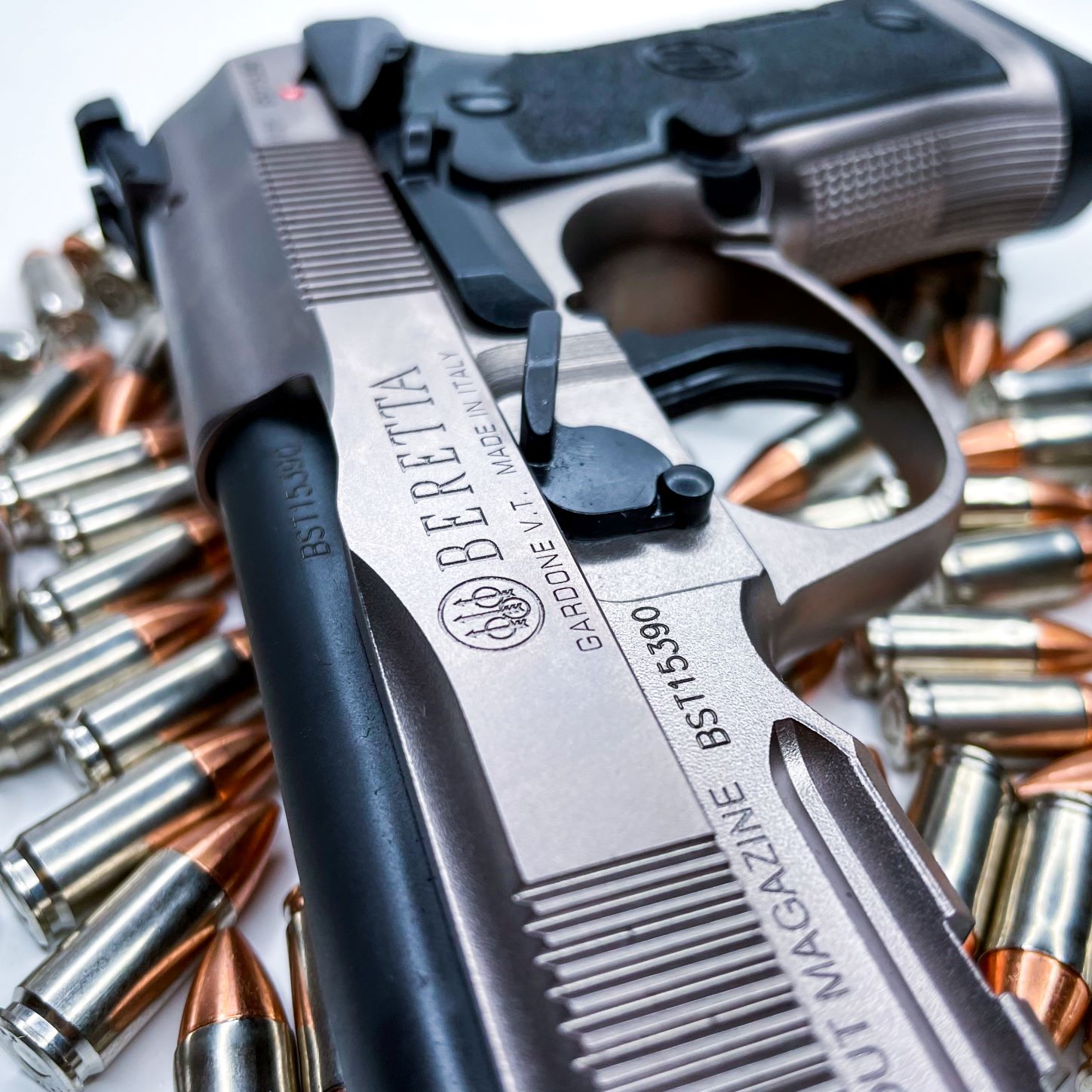Know Your Ammo – Full Metal Jacket vs Hollow Points
For new shooters, there’s a lot of information to take in, and understanding the differences between full metal jacket vs hollow points can definitely be confusing! In today’s guide, we will be discussing the main differences between these ammunition types, their unique purposes, and even recommended best practices for shooting!
Understanding the Differences between Full Metal Jacket vs Hollow Points
Full Metal Jacket Ammunition
The term “full metal jacket” describes a round where the bullet (the actual projectile) is completely encased in a separate material. Typically this describes a lead bullet cased in copper. These bullets may be rounded or square nosed, and are easily distinguished, as the packaging will prominently feature “FMJ.” In addition, the round is dissimilar to open-face lead ammunition as the copper coating is apparent and visible, and its metallic shine is clearly different than the dull gray of exposed lead.
FMJ’s coating, typically copper, is far cleaner than open-faced lead. This allows the user to shoot in higher volumes with less residue left in the chamber and barrel. Residue build-up, especially over large volumes of shooting, can cause a loss of accuracy and functionality.
Full metal jacket rounds typically come in boxes of 50 rounds minimum for handguns, 20 rounds for rifles, and can also be found in bulk quantities, such as 100-round packs, or full cases of 500 or 1,000 rounds.
Hollow Points Ammunition
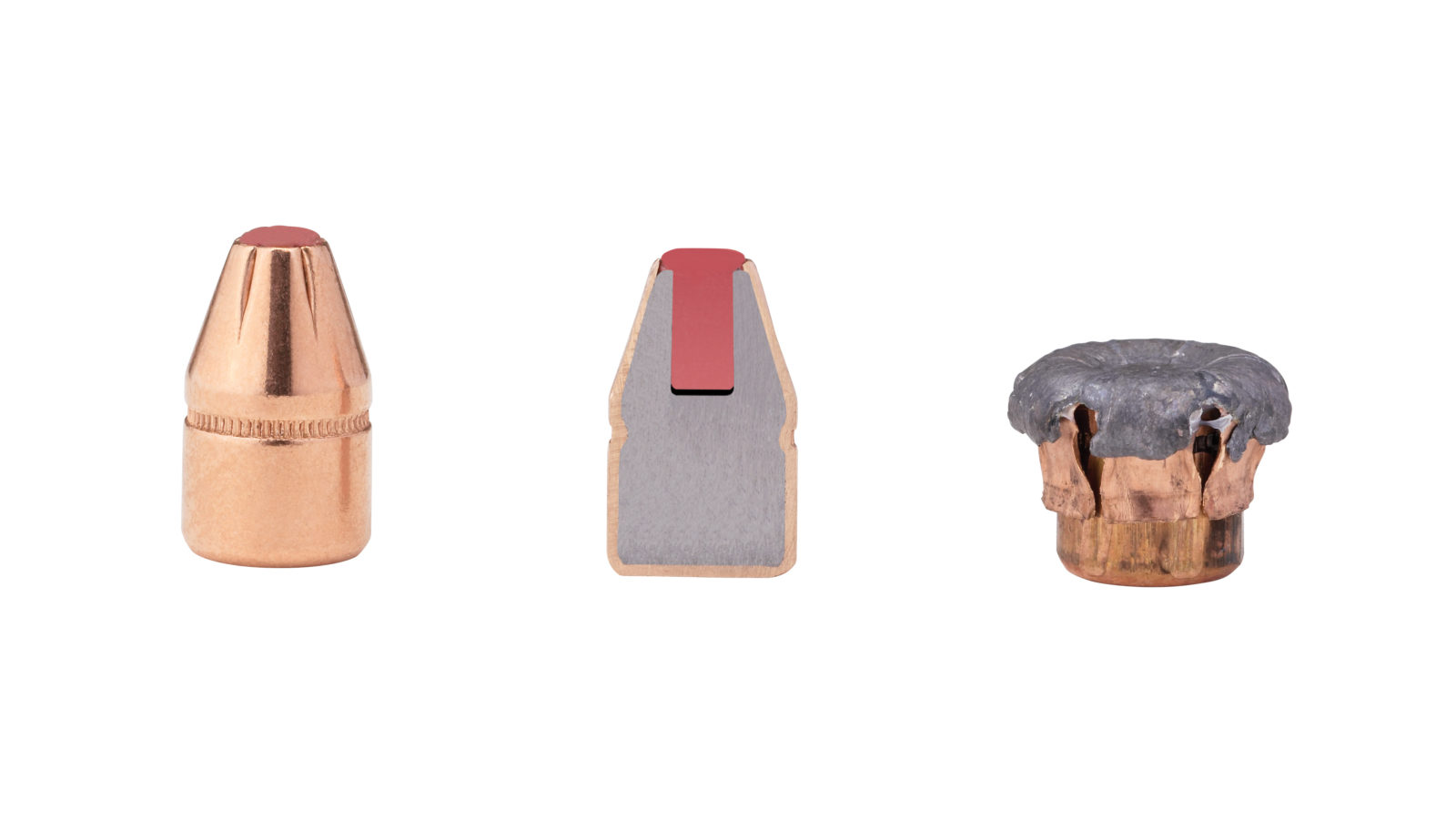
The term “hollow points” describes a round that is designed to expand, or flower, upon impact. These rounds have a divot at the tip, which upon impact forces expansion of the round. These are intended specifically for self-defense, as the hollow point round expands the size of the round by an average of 1.7 times its original diameter and slows the round on impact. This creates a larger, more lethal wound channel, while also mitigating the concern of over-penetration due to the velocity loss. Defense ammunition is unique in its purpose and application and therefore commands a higher price point.
Hollow points are typically found in quantities of 20 to 25 per box and due to the additional complexity of the round, are more expensive per unit than their full metal jacket counterparts. In addition, many hollow points feature a nickel plate brass casing over a standard brass casing. Nickel-plated brass is more resistant to corrosion and discoloration, making it a preferred casing for daily carry.
Applications of Full Metal Jacket vs Hollow Points
With definitions out of the way, let’s discuss how/when one should use these different projectiles.
Purpose of Full Metal Jacket
Full metal jacket rounds are inexpensive and come in larger quantities per box vs hollow points. This is because they are better suited to be shot in a high volume, training environment. Whether recreationally shooting on the range or in a class, FMJ rounds allow you to shoot consistently without breaking the bank. Also, as stated above, full metal jacket rounds can help you shoot in large quantities during your training without producing as much build up as an open-faced lead round.
When to use Hollow Points
Hollow points, on the other hand, are not ideal for large volume training and range time, due to the high cost of the round and their intended purpose. Hollow points are complex pieces of bullet technology, meant to help the end user defend themselves, rather than do high round count shooting and training on the range.
This is not to say that you should not ever shoot your hollow points on the range. In fact, in order to be safe, you should always be sure to test fire at least a box of the hollow points you intend to carry with you prior to doing so. This is because different hollow points have different shapes and may not work effectively in your firearm. Due to the defensive purpose of these rounds, it would not be wise to wait until they are needed to shoot them through your firearm. Rather, shoot them in the controlled environment of the range first, and confirm that your firearm works with them well.
Defensive Use: Full Metal Jacket vs Hollow Points
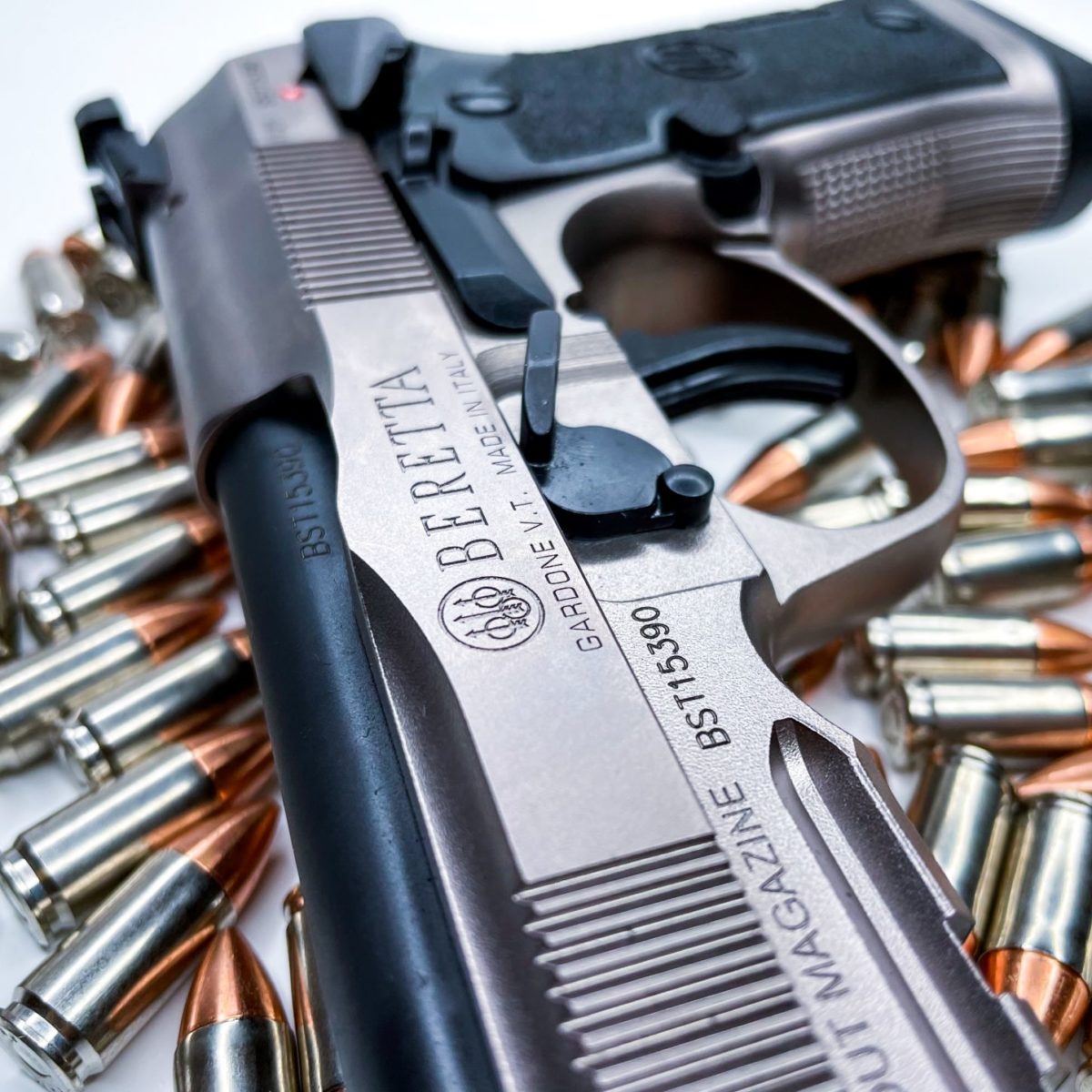
While both hollow points and FMJ rounds can be carried defensively, it is not recommended in most cases to carry FMJ rounds over hollow points. With the full copper jacket, overpenetration is far more likely, as the round likely will not expand and slow upon impact. The Four Fundamental Rules of Firearm Safety include knowing your target and what’s beyond it. In this case, it means that when firing to eliminate a threat target, you need to ensure that your round is not over-traveling. This is especially true in home defense applications. Eliminating a threat in one room should not create a threat to family members in another. Part of making that possible is utilizing a hollow point, which again, slows and expands when it hits a solid mass.
In addition, the nickel-plated casings on many popular defensive rounds are better for protecting against corrosion, which is more likely to occur in your daily carry firearm. If a pistol is being carried against the body, or a spare magazine in a carrier/NeoMag in the pocket, the conditions are riper for corrosion on your casings. While brass can manage well in a climate-controlled environment (which is why we recommend storing spare ammunition in such an environment), it will get “dirty” faster than a nickel-plated case, requiring you to swap your carry ammunition more often.
Understanding the differences between FMJ and Hollow Points
What ammunition you select to utilize falls to the application at hand. Each type of round serves a unique purpose, and we hope that this guide provides a strong understanding of what full metal jackets and hollow points are, their differences, and when you should use them.
For more information, be sure to contact us, visit us in-store, or shop online today!

